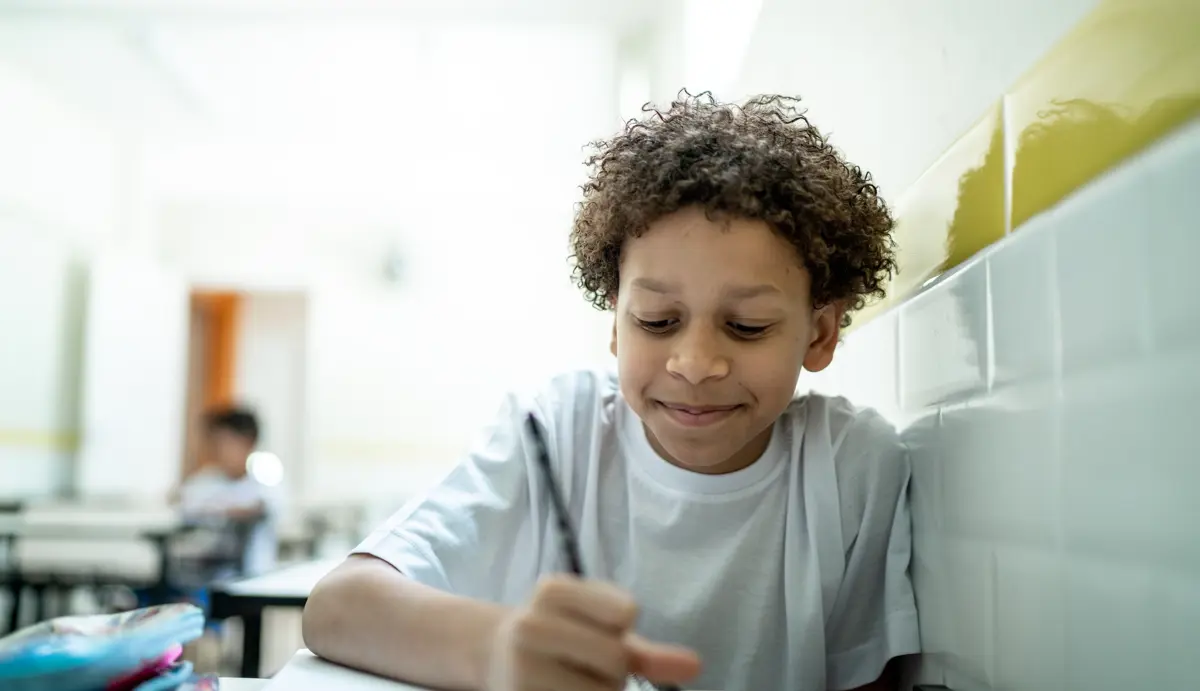Introducing bank accounts and digital money




This lesson contains content from a lesson that was previously titled Banking and budgeting basics, you can find more information here on the updates.
This lesson features in the financial education scheme of learning for 5-11 year olds. A ready-made sequence of curriculum linked resources to help you build progression in your learners' knowledge over time. Visit the Scheme of learning homepage to support with your planning.
The Introducing bank accounts and digital money lesson focuses on the concept of keeping money in a bank account and the vocabulary associated with this. Pupils will also be asked to consider what they already know about cashless transactions and discuss how these are used in relation to bank accounts and spending money.
Resources
- Introducing bank accounts and digital money: Lesson plan – for use with a group of pupils in the classroom.
- Introducing bank accounts and digital money: Presentation slides – to display to pupils and use alongside the lesson plan, with interactive fields to complete as a class.
Lesson learning outcomes
By the end of the lesson pupils will be able to:
- Understand some of the ways to manage money.
- Recognise how using a bank account keeps money safe and can help them save.
They also develop pupils’ core transferable skills such as problem solving and communication.
These resources aligns to the Young Money Financial Education Planning Framework and has been awarded the Young Money Quality Mark.
Continue to support your pupils in developing maths skills within a money context with BBC Teach’s ‘Shop till you drop!’ quiz.
If you want to increase your own confidence to teach young people about money, Young Money provide free e-learning training to teachers across Primary and Secondary education. In addition, National Numeracy has a free website which helps you practise and refresh your everyday maths skills.
A free account gives you access to all educator content, tools and resources
Already have an account?
Log inGet started
Thank you for liking
Help us to continue creating relevant content for you by leaving some additional feedback.



